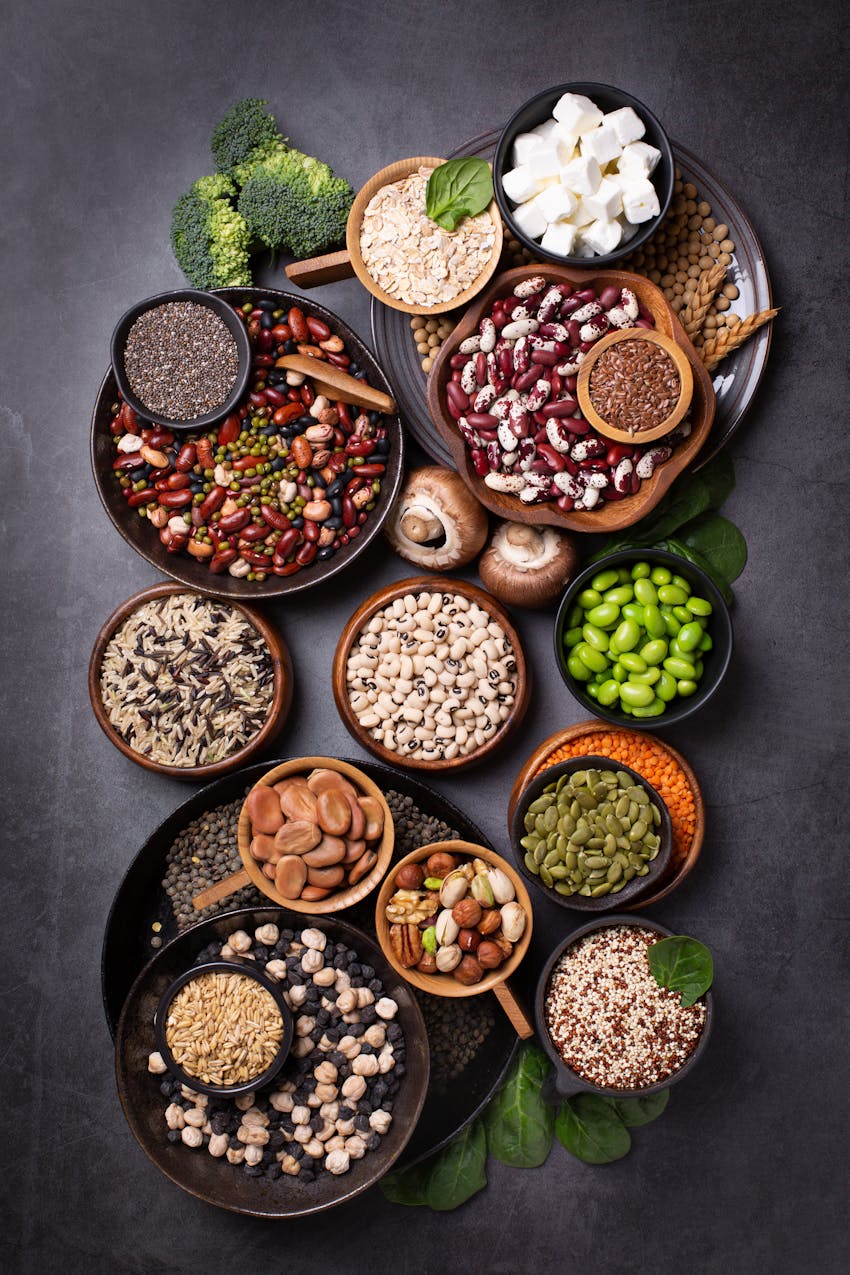In recent years, we have seen a climb in the popularity of clean eating and the benefits of a vegetarian lifestyle. These things aren’t just a coincidence either. They are scientifically based facts. Here, we are diving into balancing your nutrients in a vegetarian diet, so you’re getting everything you need!
Understanding Nutritional Balance
Key Macro and Micro Nutrients for Vegetarian Diets
Because you’re taking out one of the most protein-dense food groups that can also give you your fat content for the day, you have to do a bit more planning regarding vegetarian diets.
Adding quinoa and beans to your diet can significantly boost your protein intake, which is needed for strong muscles. Fats can come in many forms, like nut butters, olive oil, tahini, and more! These can be eaten separately or as part of a meal!
Along with macronutrients, you need to consider micronutrients, which consist of magnesium, omega-3s, iron, and calcium. You can find all of these nutrients in vegetables, but different veggies contain higher or lower levels that can balance your overall nutrition.
Always Build On Top Of Protein
Always try to focus a dish around a main protein. Maintaining a protein-rich diet when eating vegetarian is extra tricky, but it’s not impossible. Focus meals around different legumes, beans, quinoa, or even tofu!
Even when you want to snack, try including different nuts or nut butters, whole wheat bread, and crackers to boost your protein intake.
Including Complex Carbohydrates
Complex carbohydrates are vital in providing energy to our bodies. So, one needs carbohydrates to thrive. Whole grains and starchy vegetables are the best ways to incorporate these carbohydrates. Skip the overly processed carbs and white flour.
The best thing you can do for your body is pair these complex carbs with other vegetables. Stir-frys made with brown rice and a large vegetable medley are perfect.
Easy Practical Day of Vegetarian Eating
Here is what a day of healthy, balanced vegetarian eating can look like! It’s filled with complex carbs, protein, and healthy fats, as well as flavor. Not to mention, these meals can come together in 30 minutes or less.
Breakfast: Avocado toast on whole grain toast sprinkled with everything but the bagel seasoning and a side of fresh-cut fruit.
Lunch: Quinoa salad with fresh veggies (cucumber, onion, and tomatoes), feta cheese, chickpeas, and a lemon tahini dressing.
Dinner: Tofu stir-fry, broccoli, peppers, onions, brown rice, and a rich and tangy soy sauce.
Snacks: Greek yogurt with nuts and berries or hummus with sliced bell peppers and cucumber.
Wrapping Up How To Create a Balanced Vegetarian Diet
Eating a vegetarian diet can be a bit of a change for some, but for others, it may just seem like the right choice. It’s relatively simple to ensure you get the proper nutrition into your diet, but always check before you cook to see if you have everything you need to make a balanced meal.

